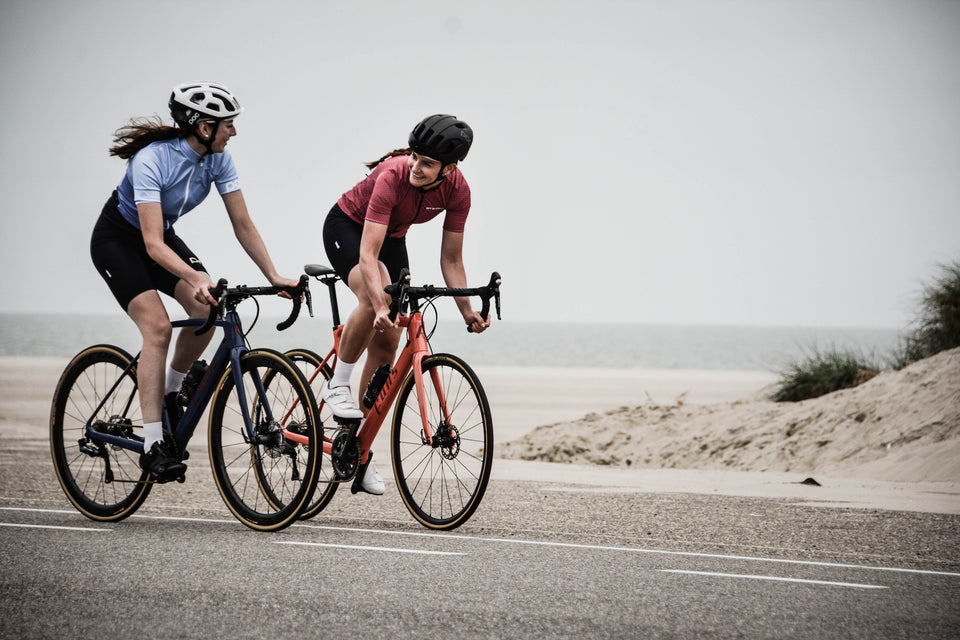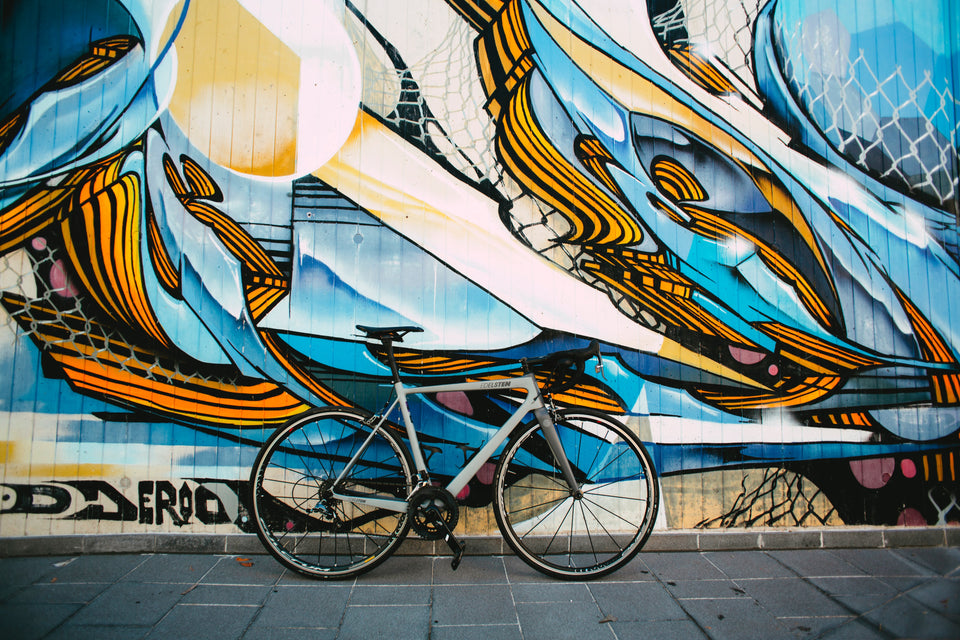The Toughest Stages in the Giro d'Italia
The Toughest Stages in the Giro d'Italia
The Giro d'Italia is one of the most prestigious cycling races in the world. The race is held annually in May and June and covers a distance of approximately 3,500 kilometers. The race typically consists of 21 stages, with each stage covering a different route.
The Giro d'Italia is known for its tough mountain stages, which can be a challenge for even the most experienced cyclists. Here are some of the toughest stages in the Giro d'Italia:
Stage 10: This stage covers a distance of 242 kilometers and includes five major climbs. The stage is considered to be one of the most difficult in the race and has been known to produce some of the most dramatic finishes.
Stage 16: This stage is known as the "queen stage" of the Giro d'Italia. The stage covers a distance of 209 kilometers and includes six major climbs. The stage is considered to be the most difficult in the race and has often been decisive in the overall outcome of the race.
Stage 20: This stage is the final stage of the Giro d'Italia and is considered to be the most difficult. The stage covers a distance of 156 kilometers and includes four major climbs. The stage is often decisive in the overall outcome of the race.The Toughest Stages in the Giro d'Italia
The Giro d'Italia is one of the most prestigious and difficult cycling races in the world. The race is held annually in May and June and covers a distance of approximately 3,500 kilometers (2,200 miles). The course changes every year, but typically includes several stages in the mountains, as well as a few time trials.
The Giro is notorious for its tough climbs, which often decide the winner of the race. Here are some of the most difficult stages in the history of the Giro d'Italia:
1. The Passo di Gavia is one of the most iconic climbs in the Giro. It was first used in the race in 1986 and has been featured several times since then. The climb is more than 20 kilometers (12 miles) long and reaches an altitude of 2,618 meters (8,600 feet).
2. The Passo dello Stelvio is another legendary climb in the Giro. It is the highest paved pass in Europe, reaching an altitude of 2,757 meters (9,045 feet). The climb is more than 30 kilometers (19 miles) long and is often used in the final stages of the race.
3. The Monte Zoncolan is one of the most recent additions to the Giro. It was first used in the race in 2003 and has been included several times since then. The climb is more than 10 kilometers (6 miles) long and reaches an altitude of 1,564 meters (5,135 feet).
4. The Tre Cime di Lavaredo is one of the most scenic and difficult climbs in the Giro. It is more than 20 kilometers (12 miles) long and reaches an altitude of 2,239 meters (7,340 feet). The climb is often used in the final stages of the race.
5. The Monte Grappa is another difficult climb that is often used in the final stages of the race. It is more than 20 kilometers (12 miles) long and reaches an altitude of 1,775 meters (5,827 feet).
These are just some of the toughest stages in the Giro d'Italia. If you're looking for a challenge, then this is the race for you!The Giro d'Italia is one of the most prestigious cycling races in the world and is known for its tough stages. The race covers a variety of terrain, from the mountains to the plains, and the stages can vary in length from around 100 kilometers to over 200 kilometers. The race is typically held in May and June, and this year's edition will be the 103rd edition of the race.
The stages of the Giro d'Italia are tough, but that's what makes the race so special. The riders who take part in the race are some of the best in the world, and they have to be at their best to stand a chance of winning. The race is a true test of endurance and strength, and it is always exciting to watch.











